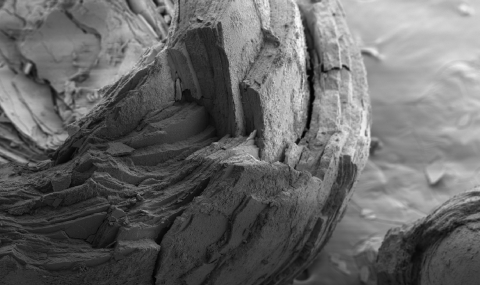To extract the information encoded in the chemical and isotopic compositions of natural materials in modern environments and sedimentary rocks, we must understand the processes that generate these signals.
In combinations of laboratory experiments, theory and numerical models, we examine and calibrate the relationships between chemical and isotopic fractionation, ambient physical and chemical conditions, reaction rates, and other factors.
Depending on the process being investigated, the laboratory experiments span degrees of control and complexity from full temperature-controlled chemostats to simple room-temperature batch reactions.

Spaghetti monster (left). Rusting steel wool in seawater to produce iron oxides under near-equilibrium conditions, for calibration of temperature-dependent oxide-water oxygen isotope fractionations. Green rust (right) formed under ancient seawater-analog conditions in the presence of various trace metals and left to age for up to a year. The dendritic features are due to oxidative dissolution of the green rust by chromate.


